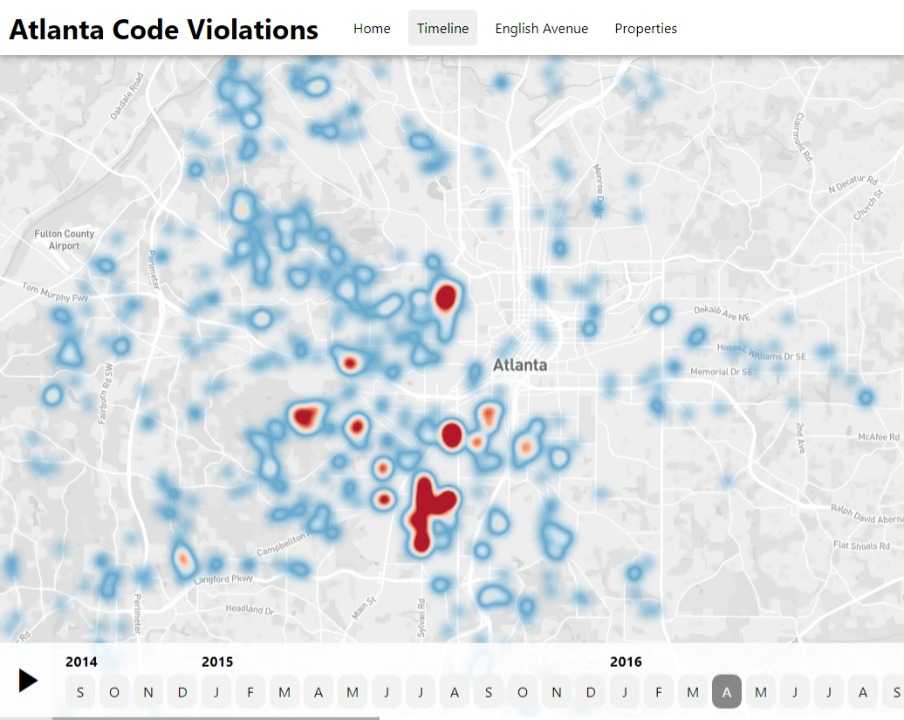
Atlanta Code Violations
Aug 2019 - Dec 2019
A set of dynamic map-based visualizations of Atlanta code violations.
These visualizations display code violation data from the City of Atlanta and partners in Block-by-Block, an organization based in the English Avenue neighborhood of Atlanta.
A collection of code violations can often be signs of larger, systemic issues within a city and a neighborhood. Within English Avenue, we see a pattern of absentee and negligent landlords that have let properties deteriorate while they speculate on land values.
Block-by-Block began documenting these code violatins and tracking these properties over time starting in 2016 as a way to formally document the current conditions and advocate to the City of Atlanta for attention and resources.
These visualizations serves as one way we can bring attention to these neglected neighborhoods and raise the quality of life in our cities.
These visualizations were created using React and Mapbox along with data from Block-by-Block and the City of Atlanta that was heavily sanitized using Python scripts.
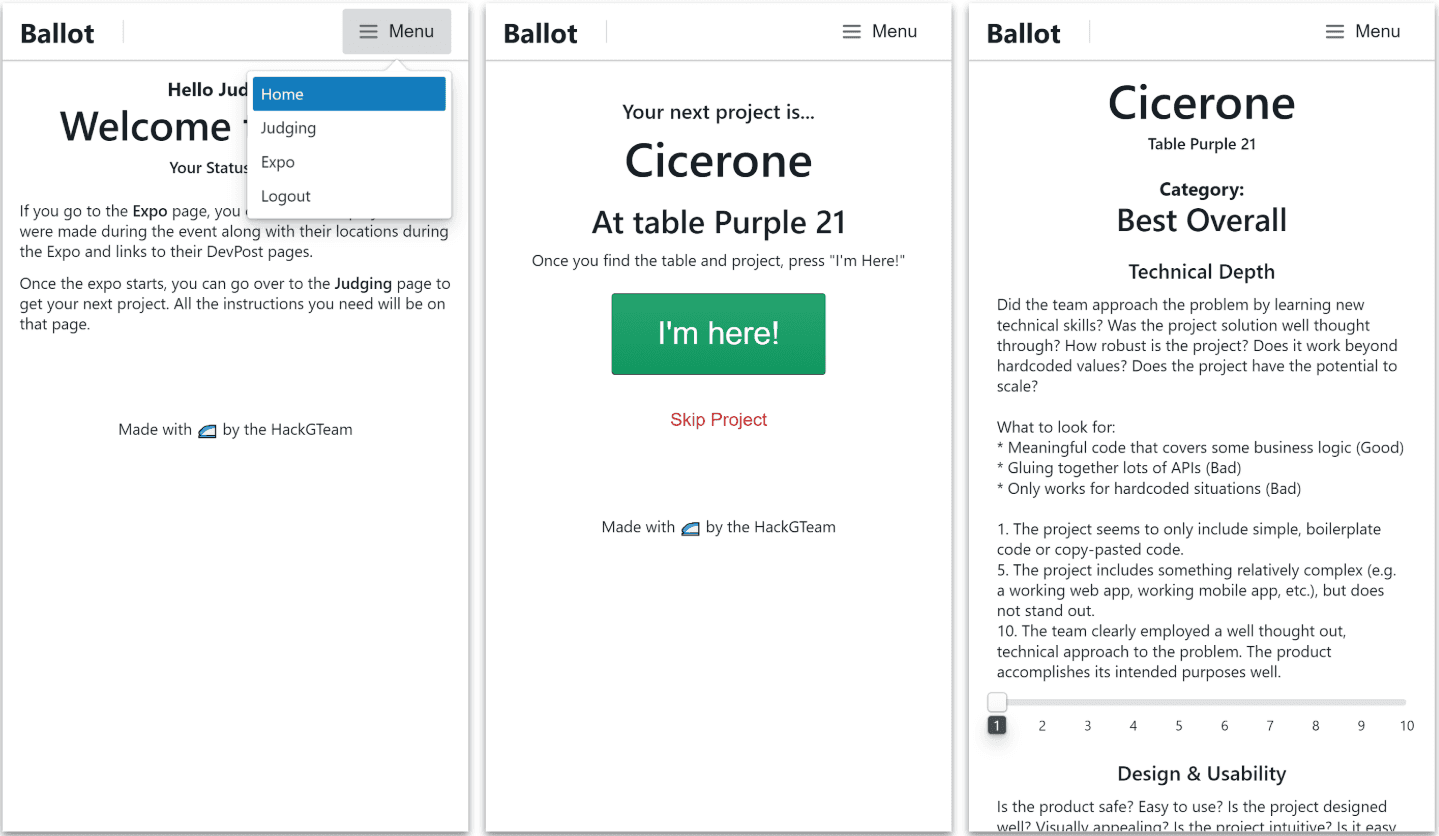
HackGT: Ballot
Aug 2018 - Oct 2019
A responsive, web-based judging solution for hackathons.
Ballot allows hackathon organizers to get the most out of a potentially limited number of judges. Projects are assigned to judges dynamically based on a series of configurable parameters, including overall score, score range, and visit number. Projects can also be assigned manually using the same interface, with the goal of getting each project as many judges as it needs to get an accurate ranking.
Judges can judge projects for one or many categories. They can also mark a project as busy or missing.
Expo tables are automatically assigned based on number of expos, number of table groups, and number of tables in those groups. Automatic assignment can be overriden if projects need a particular tables.
Ballot was used at HackGT 5 and 6, each with 1000+ participants, 30+ judges, and 200+ projects across 2 hour-long expos.
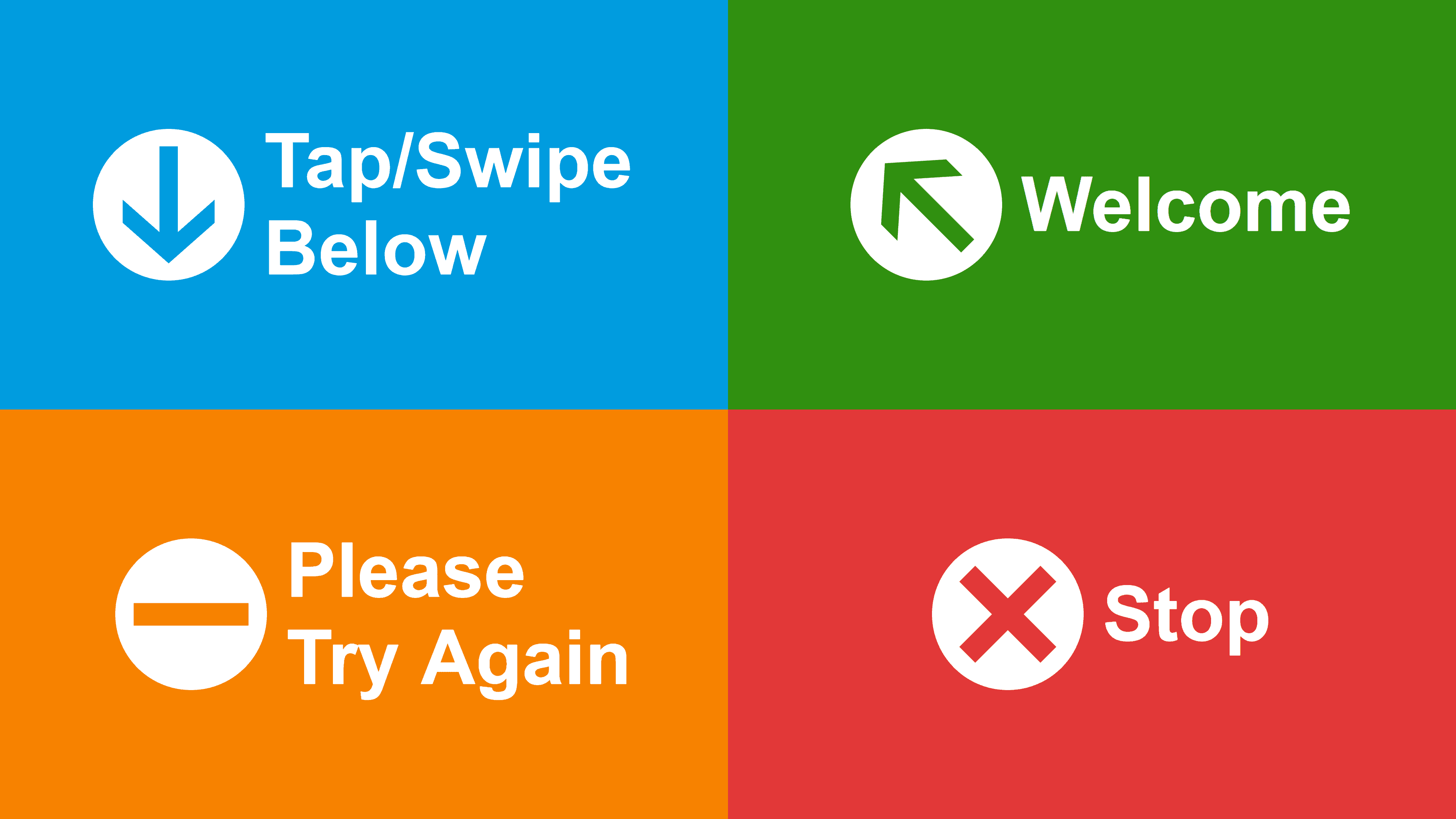
Graphical Clock-in
Jan 2019 - Feb 2019
An Electron application written to allow HackGT organizers to "clock-in" to general meetings and events with a tap or swipe of their student ID.
Graphical clock-in uses colorful, full-screen status screens with sound (heavily inspired by the Ventra readers in Chicago) to provide a full self-service experience.
This integrates with Georgia Tech's OrgSync and Engage platforms (through non-public APIs) to monitor and track attendance for meetings and events. It accepts inputs from RFID scanners or card swipe readers to support both new and old ID cards.
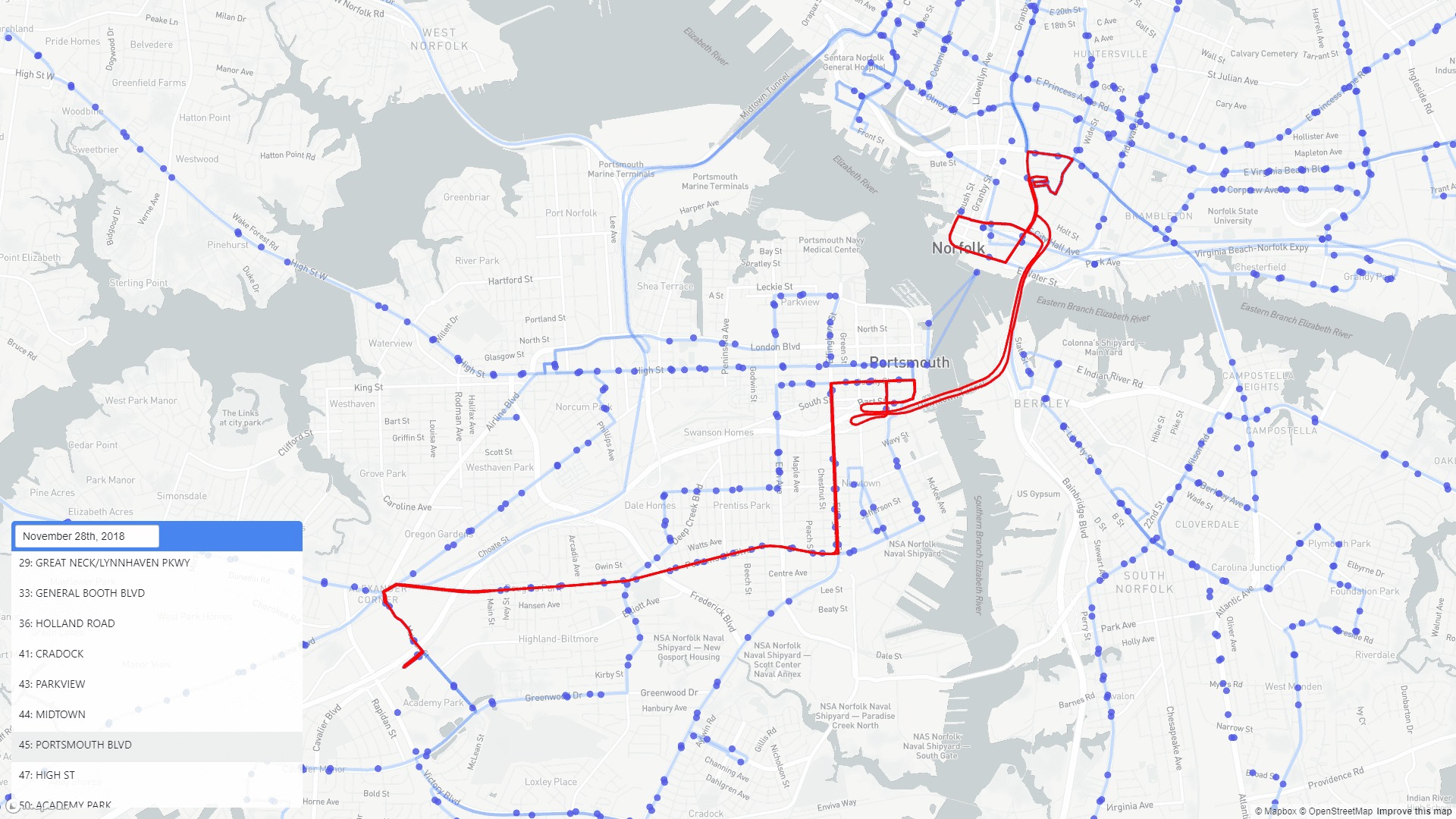
Hampton Roads Bus Map
Oct 2018 - Dec 2018
An interactive bus map for the Hampton Roads region.
This was a project created for SLS 3110: Technology and Sustainable Communities at Georgia Tech to help visualize the (often convoluted) bus routes in the region.
We worked closely with Garry A. Harris, the President of the Center for Sustainable Communities, whose goal was to improve the quality of life for residents of Cavalier Manor, Portsmouth, VA, and to qualify the neighborhood for EcoDistrict certification.
The web application uses a GTFS feed made public by Hampton Roads Transit to display lines and routes. A user can compare weekday, weekend, and holiday routes. A user can also see full bus routes by either selecting the route on the map or picking from the full list.
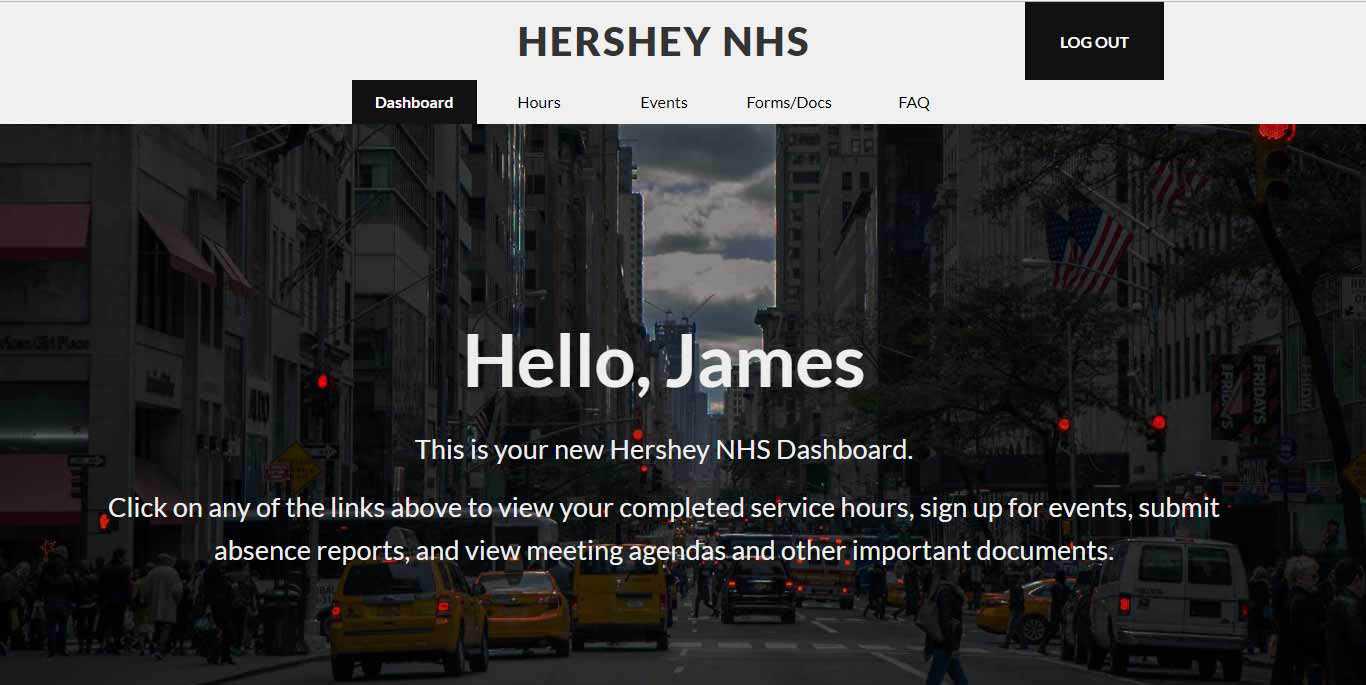
Hershey NHS Website
Jan 2018 - Feb 2018
A self-service portal for Hershey High School National Honor Society members, officers, and advisors.
This portal allows Hershey's NHS members to access their tracked service hours, yearly requirements, event signups, important forms, and other important information.
Officers and advisors can edit website content, add/edit/remove event signups, and update service hours for each member.
This website has been used by 600+ students since initial launch and is still currently being used in production.
The source of truth for the site is stored separately from the internal database for simplicity. Similarly, passwords are stored in plain text as all site information is considered public information.